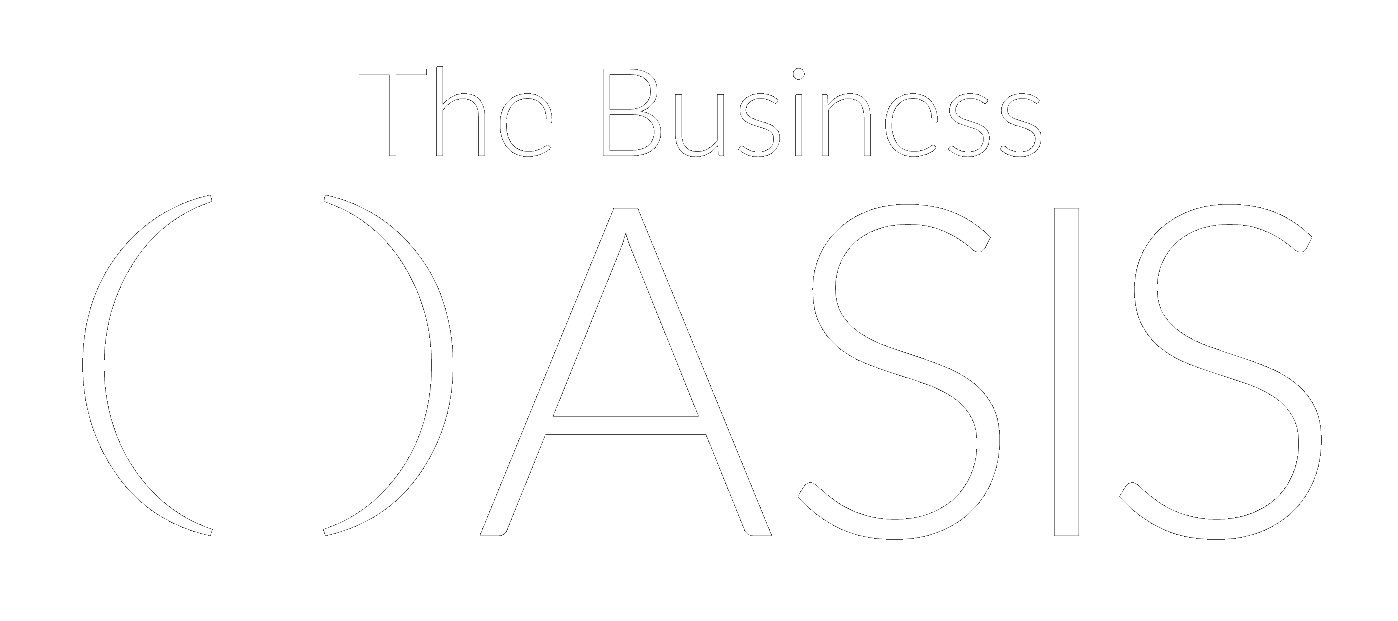Definitions of Bookkeeping Terminology

Definitions of Bookkeeping Terminology
Whether you’re a business owner who is just starting out running your small business and you want to know about bookkeeping; or a student who’s researching for an accounting test or assignment; or just someone who is curious about bookkeeping and its terminologies, well, you’re in luck!
‘Cause this blog is for you!
Here are the Bookkeeping Terminology definitions that you need to know:
-
Accounts
- Accounts refer to the record of financial transactions for your business, whether an income or expenses. You group different business transactions under different types of accounts (also known as journals).
- You can have a number of accounts, such as revenue and expense accounts. These accounts go into your general ledger, which is then used to create your financial statements (e.g., your profit and loss statement).
-
Accounting period
- An accounting period is an established range of time during which accounting functions are performed, aggregated, and analyzed including a calendar year or fiscal year.
-
Accounts payable
- The amount of money a business owes creditors (suppliers, etc.) in exchange for goods and/or services they have delivered.
-
Accounts receivable
- The amount of money owed by customers or clients to a business after goods or services have been purchased, delivered and/or used.
-
Accruals
- Accruals are revenues earned or expenses incurred that impact a business’s net income on the income statement.
- They are created via adjusting journal entries at the end of each accounting period.
-
Assets
- Assets refers to the materials— tangible or intangible — that your business owns and that could be converted into cash. These items may be property, vehicles, the cash you have, etc.
-
Balance sheet
- Balance sheet refers to the financial statement that provides a snapshot of what a company owns and owes, as well as the amount invested by shareholders.
-
Bank reconciliation
- Bank reconciliation refers to the process of adjusting a bank statement to show transactions that have occurred since the date of issue, or a document showing this.
-
Cash flow
- The cash flow of a business is the movement of money into and out of it (aka your income and your expenses).
-
Chart of accounts
- The chart of accounts is a list of all accounts used in a business’s general ledger. Accounting software utilises the graph to aggregate information into a business’s financial statements.
-
Cost of goods sold (COGS)
- Cost of goods sold (COGS) refers to a business’ direct costs of manufacturing the commodities it has sold. This amount includes the cost of the materials and labour that went into making the goods. It does not include secondary expenditures like distribution and sales force costs.
-
Double-entry bookkeeping
- Double-entry bookkeeping allows you to keep track of where your money comes from and where it goes.
-
Equities
- Equities are financial instruments that give their holders an ownership position in a corporation. Examples of equities are common stock and preferred stock.
-
Expenses
- Expenses refers to the money spent in the performance of a job, commission, etc. It is usually reimbursed by an employer or allowable against tax.
-
General ledger
- A general ledger describes the record-keeping system for a business’s financial data, with debit and credit account records validated by a trial balance. It provides a record of each financial transaction that takes place during the life of an operating company and holds account information that is needed to prepare the company’s financial statements.
-
Income statement
- An income statement refers to one of the three important financial statements used for reporting a business’ financial performance over a specific accounting period, with the other two key statements being the balance sheet and the statement of cash flows.
-
Journals
- A journal is where the business transactions are recorded in chronological order.
-
Liabilities
- Liabilities are business obligations incurred but not discharged and entered as claims on the assets shown on the balance sheet.
-
Payroll
- Payroll is the salary or wages a business must pay to its employees for a set period or on a given date. Payrolls are usually processed on a weekly, fortnightly or monthly basis.
-
Single-entry bookkeeping
- Since Double-entry bookkeeping has been defined, there’s a also another bookkeeping method which is the Single-entry bookkeeping where you or a bookkeeper records one journal entry for each transaction (whether income or expenses).
-
Trial balance
- A trial balance refers to the bookkeeping worksheet in which the balance of all ledgers are organised into debit and credit account column totals that are mathematically correct.
-
Worksheet
- A worksheet refers to a document used within the accounting or bookkeeping department to analyse account balances. This is useful for ensuring that entries are derived correctly. It can also be helpful for tracking the changes to an account from one period to the next.

That’s it!
We hope you learned something new in this blog.
Stay tuned for more value-added blogs from The Business Oasis.
Choose the best for your business and get in touch with us.
———————————————————————————————————-
Fill out this form and we’ll reach out to you.
or Send us an email at admin@businessoasis.com.au

